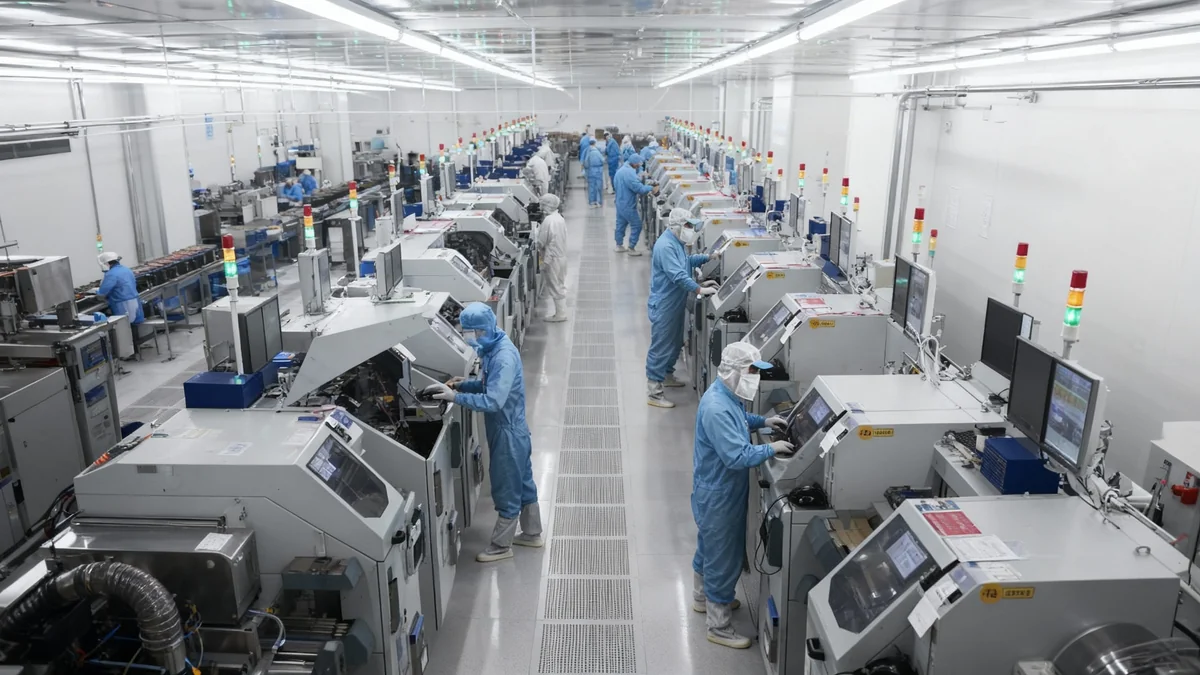The head of Instagram, Adam Mosseri, has publicly addressed the long-standing theory that Meta uses smartphone microphones to listen to user conversations for ad targeting. In a recent social media post, Mosseri stated that the company does not engage in this practice, attributing the accuracy of its ad system to other data collection methods.
His comments arrive as Meta prepares to implement a new privacy policy that will allow the company to use data from user interactions with its AI products to inform advertising. This development suggests that even without microphone access, Meta is expanding its data sources to deliver highly personalized ads.
Key Takeaways
- Adam Mosseri, head of Instagram, has denied the rumor that Meta secretly records user conversations for ad targeting.
- Meta's ad system relies on user activity, shared advertiser data, and analysis of similar user interests.
- A new privacy policy will soon permit Meta to use data from conversations with its AI chatbots for ad targeting.
- Experts suggest this new AI data source could be more powerful and personal than existing methods.
Mosseri Confronts a Persistent Theory
Adam Mosseri used his Instagram account to directly confront a belief held by many users: that the platform secretly listens to their real-world conversations. He acknowledged that the company's ad targeting is so effective it can seem like it's reading minds or eavesdropping on private discussions.
He explained that this is a topic he has discussed numerous times, even with his own wife, indicating how widespread the belief is. Many users have reported instances of discussing a product and then seeing an advertisement for it shortly after, fueling the theory of audio surveillance.
Mosseri reiterated that such an action would be a significant violation of privacy. He also pointed to technical reasons why this would be impractical, noting that active microphone use would trigger a visible indicator on modern smartphones and cause noticeable battery drain.
How Meta's Ad System Functions
Instead of covert audio recording, Mosseri explained that Meta's powerful ad-targeting system operates on different principles. The company has built a sophisticated advertising engine that relies on vast amounts of data from multiple sources.
Official Denials Over the Years
This is not the first time Meta has addressed this issue. In 2016, the company, then known as Facebook, published a blog post explicitly stating it did not use phone microphones for ad targeting or to alter News Feed content. Later, CEO Mark Zuckerberg denied the practice under oath while testifying before the U.S. Congress.
One primary method involves data shared by advertisers. When a user visits a business's website, that business can share information about the visit with Meta. This allows the platform to show that user relevant ads for products they have already viewed or shown interest in.
Another key component is algorithmic analysis. Meta analyzes the interests and behaviors of its users to create profiles. It then shows ads to people based on the interests of other, similar users. This "people who like X also like Y" model allows for highly accurate predictions about what a user might be interested in, without needing to know the specifics of their private conversations.
The New Frontier of AI Data
While Mosseri worked to dispel old myths, Meta is simultaneously introducing a new, powerful method for data collection. The company announced an upcoming update to its privacy policy, set to take effect on December 16 in most markets.
This new policy will explicitly allow Meta to use information from consumers' interactions with its AI products, such as the Meta AI chatbot, as a signal for ad targeting. This means that personal conversations users have with the AI—about their interests, plans, problems, or ideas—can be analyzed to serve them ads.
A More Powerful Signal
Data from direct conversations with an AI chatbot can be far more detailed and personal than browsing history or 'likes'. Users might discuss specific travel plans, health concerns, or niche hobbies, providing Meta with a rich new dataset to refine its ad targeting to an unprecedented degree of accuracy.
This development makes the microphone-listening theory largely obsolete. If users are willingly providing detailed personal information directly to a company's AI, there is no need for covert surveillance. The outcome, however, is similar: highly specific and sometimes unsettlingly accurate advertising.
The Psychology of Coincidence
Mosseri also touched on a psychological element that may contribute to the belief in microphone surveillance. He suggested that sometimes the connection between a conversation and an ad is simply a coincidence or a trick of human perception.
"You might have actually seen that ad before you had the conversation and not realized it," Mosseri stated. "We scroll quickly. We scroll by ads quickly. And sometimes you internalize some of that, and that actually affects what you talk about later."
This phenomenon, where one notices something more frequently after it first comes to their attention, is a well-known cognitive bias. It's possible a user subconsciously registered an ad, which later influenced a conversation topic. When they see the ad again, they mistakenly believe the conversation triggered the ad, rather than the other way around.
While Meta continues to deny using phone microphones, its move toward leveraging AI conversations for ad targeting signals a new era in data collection. Users may no longer need to worry about being secretly recorded, but their explicit conversations with AI will now directly shape the digital advertising they see every day.





